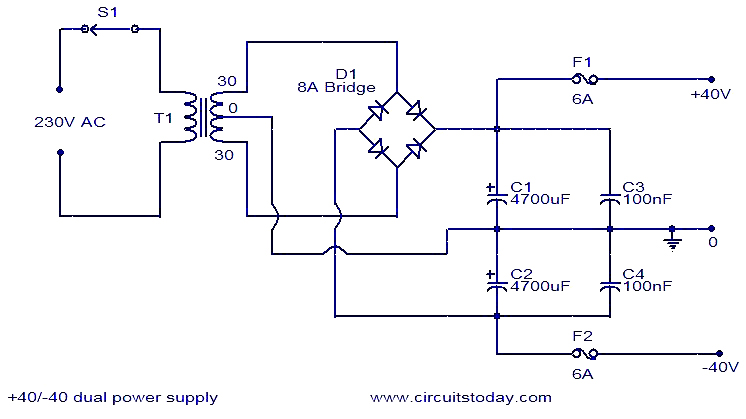Lets say, you buy a new sound system for $30,000.- bring it home, and its has a ground noise. What do you do?
A. Return it to the dealer?
B. Get a certified electrician to try fix the problem.
Now let's say that you own already that system, it sound clean and than one day toy move to a new place. It gets noisy you go to plan B.
Or, If you owned a sound system, that sounded clean and you upgraded it, you go to plan A.
Ground noise and other related to power, may be get over, with a 1:1 isolating transformer, with a passive or active power filter (reconstructing...)
The conclusions are simple:
A proper power wiring in your residence is essential. If you don't, get a professional to fix it.
If power is fine but the equipment is not, exchange of fix the faulty component.
Who would fidle around with it's home grounding?
In my country (Israel) it's illegal. Well, our Prime Minister, is also a Crime Minister (3 charges so far). So who cares about ground?

